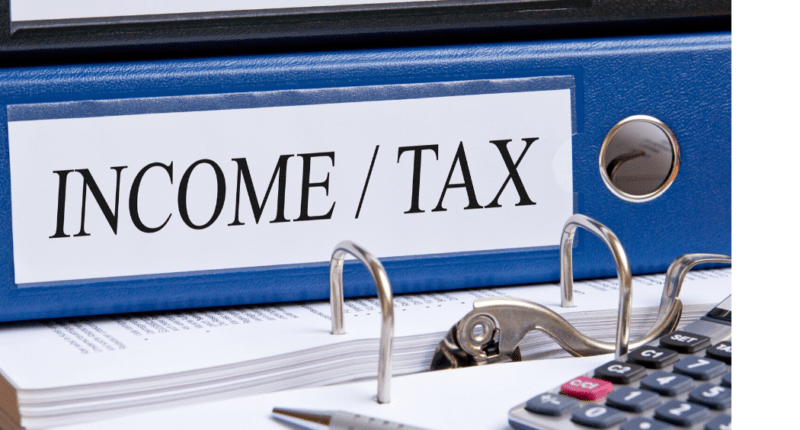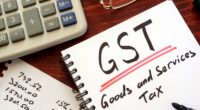Sometimes, errors occur even though we take the utmost care to avoid making them. A mistake made while making an income tax payment can cause a lot of stress to a taxpayer, more so when the amounts involved are huge. Do not worry! Here are a couple of ways you can rectify the mistake you have made while making your income tax payment.
First, let us understand in brief how tax payments are made. There are two modes of payment – online and offline. Online payment is made on the Tax Information Network (TIN-NSDL) website, and offline payments are made through banks.
Presently, only a system to correct physical challans (payments made through banks) has been put in place, where such challans can be corrected by visiting the concerned branch of the bank, where payment has been made.
Some of the common errors taxpayers make while paying their taxes are – quoting the wrong assessment year, filling in an incorrect amount of tax, or getting one of the major or minor head codes wrong. These are the following heads of the challan which can be corrected-
- Assessment Year
- Major Head Code
- Minor Head Code
- TAN/PAN
- Total Amount
- Nature of Payment (i.e. TDS Codes)
However, there is a specified time window for correcting challans and only within this period, can challans be rectified by the bank. The time limit allowed is seven days from the date of deposit of the challan for correcting heads such as the assessment year, total amount and the TAN/PAN.
Also Read: Government extends the facility of pre-filling to 2 more ITR forms
Any other field such as major head, minor head or nature of payment has up to three months time, within which a taxpayer can choose to rectify his mistake. Similarly, even the bank has a time window of seven days, calculated from the date of receipt of the correction request, within which they must make the correction.
The procedure is very simple-
- The taxpayer needs to submit a request for correction to the concerned bank branch. This request form should be in duplicate.
- The original challan counterfoil must be attached.
- A copy of the PAN card should also be attached in case correction is to be made for challans in Form 280, 282 and 283.
- If payment is by a taxpayer other than an individual, and correction is required in such cases, then the original authorisation with the seal is required to be attached with the request form.
For every challan that requires correction, a separate request form needs to be submitted.
In case of online payments made, or in cases where the window of seven days to correct challans paid through a bank has passed, or if any other heads need to be changed, other than those mentioned above, then the taxpayer can still make a request for correction by visiting the office of his assessing officer.
To find out the address of the assessing officer, click on the ‘Know your TAN/AO’ option on the left side of the official tax filing website i.e. http://www.incometaxindiaefiling.gov.in/home.
After validating the PAN and mobile number, the address of the assessing officer will be displayed. It is up to the assessing officer to allow the correction to be made, provided the case is bonafide.
With the above measures in place, taxpayers need not worry about rectifying genuine mistakes that may have occurred while making their tax payments.

I’m a Chartered Accountant by profession and a writer by passion. ClearTax lets me be both. I love travel, hot tubs, and coffee. I believe that life is short, so I always eat dessert first. Wait.. life is also too short to be reading bios… Go read my articles!




